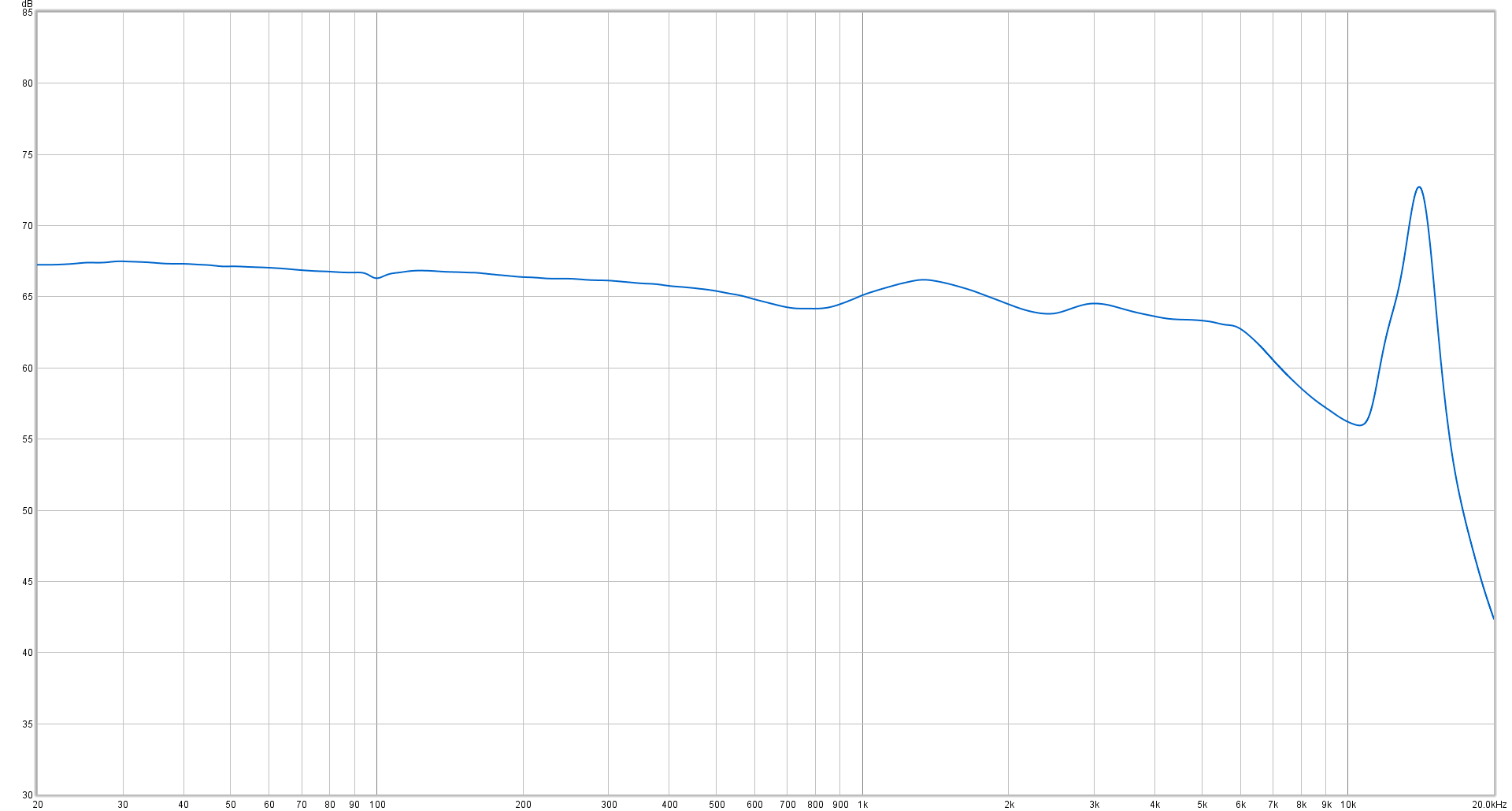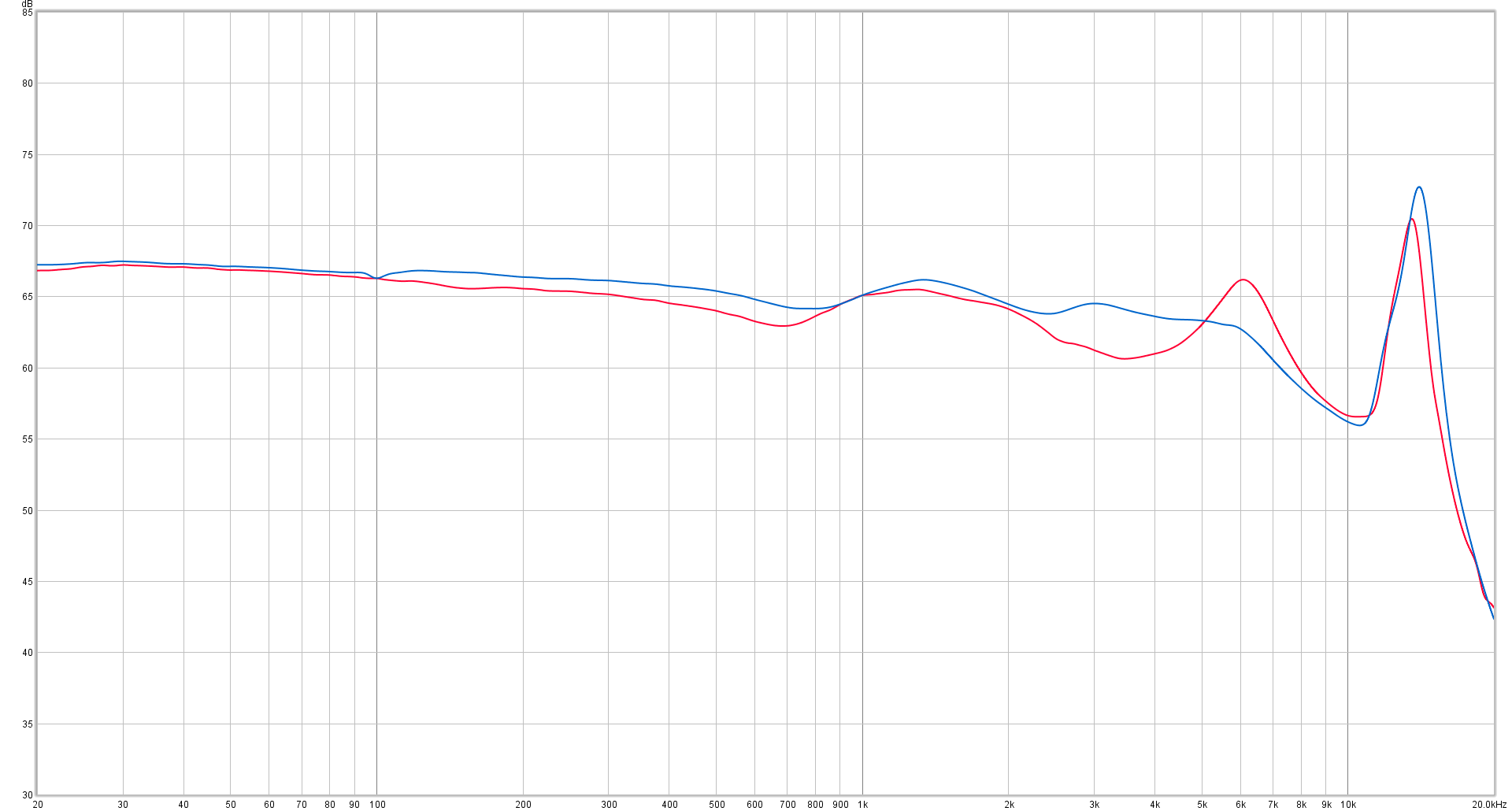
Specs
- Driver: 10mm dual-cavity Carbon Nano-tube dynamic
- Frequency response: 10 – 36kHz
- Impedance : 32-ohm
- Sensitivity : 122 dB/mW
Design



The overall design and profile of the Starfield seems to be very similar to Moondrop’s Kanas Pro and KXXS, even down to the recessed 2-pin connectors. Like many affordable IEMs to come from China, the build quality of the housing is of pretty good quality, and it makes the Starfield look and feel more premium than what the retail price of $109 might suggest. The only thing I’m a bit disappointed about with regards to the build is that the seam for the faceplate is very obvious, as opposed to the seamless design that we’ve seen on other IEMs such as FiiO’s FA1, and numerous other multi-BA and hybrid-driver IEMs from smaller Chinese manufacturers. Perhaps the most striking aspect of the Starfield’s design is the colour-scheme as it features this really intriguing pearlescent finish which transitions between various shades of green, blue, and purple. The finish looks to be of really good quality and I couldn’t really find any rough spots, but exactly how well this paint finish will hold up to the effects of wear and tear is something only time will tell. Usually this is an area where more budget friendly IEMs can suffer, but even more expensive units are not immune to experiencing some scuffing or perhaps even discoloration and chips.
The cable also features a similar type of color scheme, although the effect of the colour is not as prominent as that of the driver housing. Whilst we’re talking about the cable, this one feels a bit generic. Yes, it’s got some braiding, and it does feel relatively soft, but it also feels pretty much like every other cable that comes with affordable IEMs. It’s on the thinner side and the 3.5mm connector housing is just plain ol’ translucent moulded plastic. It does the job, but it doesn’t seem to really match that impression of something a bit more special that you get with the IEM housings. Unfortunately, the Starfield does have one particular issue in common with practically all affordable Chinese IEMs that I’ve encountered, and that has to do with the fit. I’m starting to wonder if this isn’t perhaps as a result of genetics seeing as how regularly I’ve encountered this.
It’s pretty obvious that throughout various parts of the world people tend to have very different physical features in terms of our faces, heights, skin pigmentation, etc., and so I’m starting to wonder if the difference between your average Western and European ear shapes and that of Asian ear shapes is playing a role here.
If you’ve been messing around with IEMs for a while, then you’ll probably know exactly what I’m talking about here, and that is that so many Chinese IEMs tend to have a very shallow fit in the ear. In this case, the Starfield is no different, and it’s my single biggest complaint about it. Whilst I can easily get it into my ear and it remains comfortable no matter how long I use it, it just doesn’t feel very secure. The result is that after even a few minutes I find myself having to readjust it to get a proper seal again. This is a real shame because, as with any IEMs, getting a proper seal is imperative to getting the best sound quality, and boy does the Starfield sound good when you can get that seal right.
Sound


If we take a look at the response graph, we’ll notice that the Starfield has a remarkably smooth signature overall which tends to lean ever so slightly towards having a slightly elevated bass response. I should mention that these measurements, as well as all of my other measurements are conducted on the miniDSP EARS and with the in-ear diffuse field compensation applied to try and give you a more reasonable visual representation of the measurement by taking into account the effects that the inside of the ear canal would have on the frequency response.My personal impression of the Starfield’s signature seems to line up with the measurements I’m getting. It has just enough bass to keep things interesting, but it won’t please bassheads. Not even close.
It’s certainly not as flat as something like Etymotic’s ER2SE, but nowhere near the v-shaped signature that so many affordable IEMs tend to offer. In fact, how I’d describe the Starfield’s signature is simply ‘a breath of fresh air’. By that I mean that it’s somewhat crazy to think that you can get this level of refinement in the signature for this price. Heck, a year or maybe two ago you would have to shell out considerably more than just $109 to get this level of sound quality.
As the frequency response graph indicates, the Starfield remains quite well balanced, and it offers both very good detail retrieval and balance. The bass does add a bit of overall warmth, but it’s nowhere near an amount to call this a really warm-sounding IEM. Instead, the bass is there when it needs to be, and does a really great job of adding authority to the music. Equally impressive is the detail retrieval in the highs which presents enough sparkle to make things sound very clear and engaging, but without ever coming across as forced. Vocals do tend to seem just ever so slightly recessed with reference to the bass, but I would still call it well-balanced.
I think the only area where I’d fault the presentation overall would be that it doesn’t sound quite as smooth and refined when I compare it to Etymotic’s ER2-series. But then again, the ER2 is quite an outlier, so comparing them can perhaps be a bit unfair.
Value

With regards to the overall value of the Starfield, I think the 2 most obvious comparisons to make would be to the T4 (which I reviewed a little while ago), and the ER2-series from Etymotic which I mentioned before.
The T4 received a lot of hype, and rightfully so because it offers a really good sound signature relative to its introductory price of just $79 at the time of release, but prices have been creeping up to around the official retail price of $109 ever since.
So, at roughly $110 for the T4, that makes it a direct competitor in terms of price to the Starfield. However, as far as I am concerned anyways, the price-tag is the only real similarity between the T4 and the Starfield, because with reference to everything else such as the design, build quality, and sound signature/quality, I think the Starfield is a considerably better product and thus offers a great deal more value. If we compare the frequency response graphs for the Starfield and T4, we can see that the Starfield remains just a bit more balanced, especially when we consider that spike around 6K on the T4. As I noted in my review of the T4, this treble spike can make the T4 just seem a bit too bright at times, and it was really the only obvious fault I could find with its sound character. The Starfield has a similar signature, but avoids that treble spike entirely, and this leads to a signature that just seems more balanced and refined with a slight added touch of warmth to the overall presentation.
Now, personally I’m not a big fan of hyping products, especially not when it seems like you’re constantly jumping on the latest release, but in terms of the Starfield I really don’t have any choice other than to fully recommend it over the T4. I still think the T4 is a really good product, but now that the price has gone up it simply doesn’t offer as much value as what the Starfield does.
OK, so with reference to the ER2-series, the Etymotics do retail for roughly $160 but can often be found for around $115 or so on Amazon. In terms of the sound quality and signature, there’s a good reason why the ER2-series have become my benchmarks, and that’s because they just offer such a great, balanced, and coherent signature, whether you’re looking for something which is essentially dead-neutral, or with a bit more bass punch. But, they also won’t be for everyone.
Whilst the fit is something I feel most people can eventually get used to, the initial discomfort will nevertheless be a factor which will turn most people off entirely. The other aspect to consider is that the sound character of the ER2SE in particular is purposely designed to be extremely balanced and flat, and many people will find that just plain boring. I certainly cannot blame someone for feeling that way because the fact is that a lot of music (perhaps even most of it) does tend to sound more pleasing with a more u-shaped signature. However, if you want to really hear the music as it was created, then a flat signature really is the only way to go. This, on the other hand, is where the beauty of the Starfield comes in.

I think the Starfield is going to be one of those IEMs that we are going to have to keep an eye on because I honestly can see this becoming exceptionally popular. Unless something better comes along very shortly, these IEMs could easily serve as a great little benchmark as to the type of build, design, and sound quality that can be achieved for just a little more than $100. Personally, I would still spend a little extra on one of the ER2 models (probably the ER2XR), but if I only had enough for the Starfield I would wholeheartedly pick it over anything else in this price-region right now.
